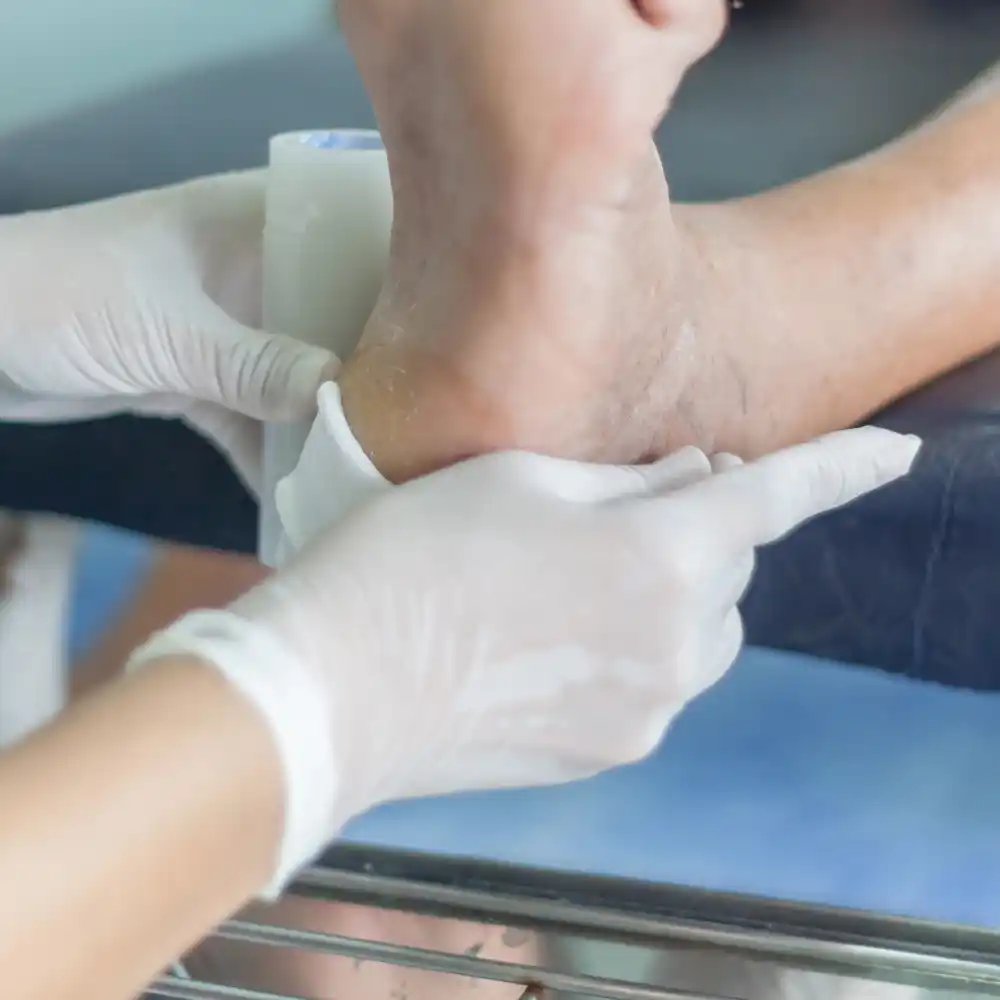Unidentified Pain? Find Out Why With An MRI.
Do you suffer from foot or ankle pain that seems to defy diagnosis? Many individuals experience discomfort in their lower extremities without a clear explanation. This type of pain can be frustrating and debilitating, affecting your daily activities. However, advancements in imaging services have dramatically improved our diagnostic capabilities.
We offer an advanced imaging service, the Open MRI, to delve deeper into the causes of challenging foot and ankle pain. This tool is particularly valuable for identifying soft tissue issues that may not be apparent on traditional X-rays.
“Our Open MRI is a smaller machine that only requires your foot to be inside, reducing claustrophobia and helping patients feel more confident about getting an MRI. This process is quick, painless, and produces much clearer images to make quicker, more accurate diagnoses”, said Greg Soszynski, Certified MRI Technologist.
One common condition that often eludes diagnosis is plantar fasciitis. This painful condition occurs when the band of tissue that supports the foot arch becomes inflamed. Dr. Summer Bochat commented, “While X-rays can help rule out other causes of foot pain, they often fail to capture the subtle soft tissue abnormalities associated with plantar fasciitis. An MRI provides detailed images of the soft tissues, allowing us to visualize inflammation and damage to the plantar fascia.”
Dr. Bochat also said that Achilles pain can be challenging to diagnose without advanced imaging. “The Achilles tendon, which connects the calf muscles to the heel bone, is susceptible to injury and degeneration, leading to chronic pain and stiffness. While X-rays may reveal calcifications or bony spurs associated with chronic Achilles issues, they may not capture the extent of soft tissue damage. An MRI can assess the tendon, identifying tears, inflammation, and other abnormalities contributing to the pain,” added Dr. Bochat.
Growths and masses in the foot and ankle region can present diagnostic dilemmas. Dr. Rimi Statkus said, “While some abnormalities may be visible on X-rays, others may go unnoticed without more detailed imaging. MRI can provide valuable information about the size, location, and composition of the growths, aiding in their diagnosis and guiding appropriate treatment strategies.”
In addition, Dr. Statkus explained that there are instances where individuals experience persistent foot or ankle pain that does not manifest on X-rays. Dr. Statkus noted. “This type of pain, often described as ‘invisible’ or ‘unidentified’, can be challenging to diagnose and treat. However, MRI can reveal underlying soft tissue abnormalities, such as ligament or tendon injuries, that may contribute to the discomfort.”
If your ongoing foot and ankle issues haven't been diagnosed through traditional X-rays, our doctors may suggest an Open MRI to aid your treatment.
